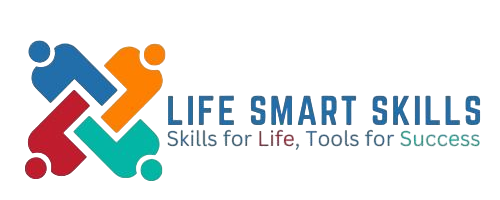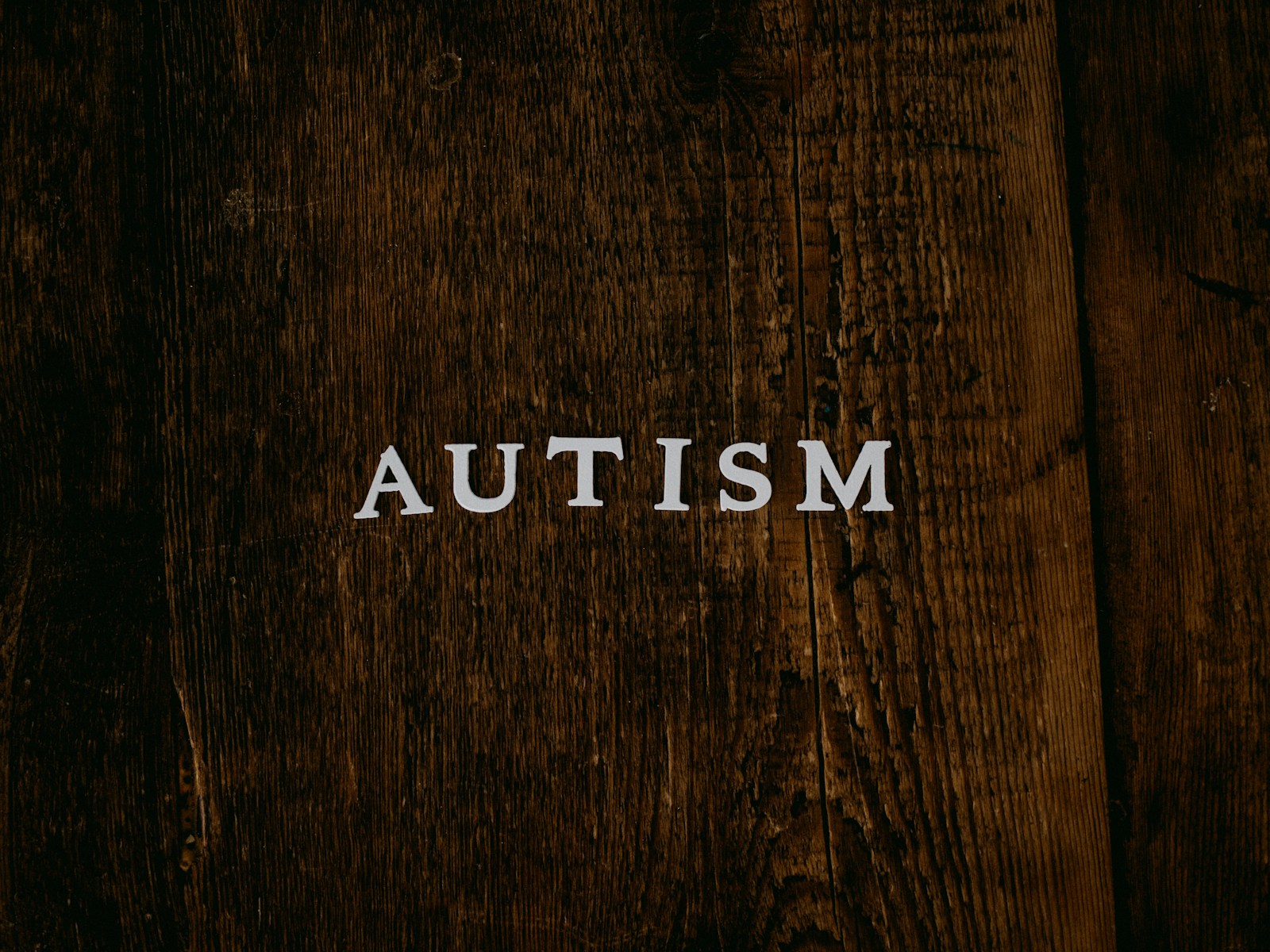Growing Up with Autism: Childhood Challenges and Support Strategies
Introduction: Navigating the Unique Journey of Autism

Growing Up with Autism : Have you ever wondered what it truly feels like to experience the world through the lens of autism? What if the challenges faced by children growing up with autism could be transformed into opportunities for growth, understanding, and exceptional achievement?
Autism is a complex neurodevelopmental condition that affects millions of children worldwide, presenting unique experiences that shape their perception, communication, and social interactions. According to the Centers for Disease Control and Prevention (CDC), approximately 1 in 36 children are diagnosed with autism spectrum disorder (ASD), highlighting the importance of understanding and supporting these extraordinary individuals.
This comprehensive guide explores the intricate landscape of growing up with autism, offering insights, strategies, and hope for families, educators, and individuals navigating this remarkable journey.

Understanding Autism: Beyond the Diagnosis
Autism is not a one-size-fits-all experience. Each child with autism is unique, with their own strengths, challenges, and remarkable capabilities. The spectrum nature of autism means that support strategies must be personalized, compassionate, and adaptive.
Key Characteristics of Autism in Childhood
-
- Communication Differences: Many children with autism experience challenges in verbal and non-verbal communication
-
- Sensory Sensitivities: Heightened or reduced sensitivity to sensory stimuli
-
- Social Interaction Challenges: Difficulties understanding social cues and developing typical social relationships
-
- Repetitive Behaviors and Interests: Intense focus on specific topics or activities
Early Detection and Diagnosis: A Critical Path
Early detection of autism can significantly improve long-term outcomes. Parents and caregivers should be aware of potential early signs:
Early Warning Signs (Ages 0-3)
-
- Limited or no eye contact
-
- Minimal response to name
-
- Delayed or absent speech
-
- Repetitive movements
-
- Limited interest in social interactions
Support Strategies: Empowering Children with Autism
Educational Support
-
- Individualized Education Plans (IEPs)
-
- Tailored educational strategies
-
- Specific learning objectives
-
- Accommodations for unique learning needs
-
- Individualized Education Plans (IEPs)
-
- Therapeutic Interventions
-
- Applied Behavior Analysis (ABA)
-
- Speech and Language Therapy
-
- Occupational Therapy
-
- Social Skills Training
-
- Therapeutic Interventions

Emotional and Social Support
-
- Foster a supportive, understanding home environment
-
- Encourage communication and emotional expression
-
- Celebrate individual strengths and achievements
-
- Build self-esteem and confidence
Communication Strategies: Bridging the Gap

Effective Communication Techniques
-
- Visual Communication Tools
-
- Picture Exchange Communication System (PECS)
-
- Communication boards
-
- Digital communication apps
-
- Visual Communication Tools
-
- Augmentative and Alternative Communication (AAC)
-
- Assistive technologies
-
- Sign language
-
- Tablet-based communication systems
-
- Augmentative and Alternative Communication (AAC)
Sensory Management: Creating Comfortable Environments
Children growing up with autism often experience sensory processing differences. Key strategies include:
-
- Creating calm, predictable environments
-
- Using noise-canceling headphones
-
- Providing sensory-friendly clothing
-
- Designing quiet spaces for relaxation
-
- Implementing sensory integration techniques
Social Skills Development: Building Connections
Practical Approaches
-
- Structured Social Interactions
-
- Supervised playdates
-
- Social skills groups
-
- Peer mentorship programs
-
- Structured Social Interactions
-
- Teaching Social Nuances
-
- Explicit instruction in social cues
-
- Role-playing scenarios
-
- Video modeling techniques
-
- Teaching Social Nuances
Challenges and Resilience: A Holistic Perspective
Growing up with autism presents unique challenges, but it also offers extraordinary opportunities for growth, innovation, and exceptional talents.
Celebrating Neurodiversity
-
- Recognize individual strengths
-
- Support unique perspectives
-
- Encourage personal development
-
- Challenge societal misconceptions
Technology and Autism: Innovative Support Tools
Modern technology offers remarkable support for children with autism:
-
- Educational apps
-
- Communication technologies
-
- Virtual reality social skills training
-
- Assistive learning platforms
Parental and Caregiver Support
Self-Care and Community Engagement
-
- Support groups
-
- Professional counseling
-
- Respite care
-
- Continuous learning
-
- Building strong support networks
Financial and Healthcare Considerations
-
- Insurance coverage for therapies
-
- Government support programs
-
- Medical intervention strategies
-
- Long-term planning
Conclusion: A Journey of Hope and Understanding
Autism is not a limitation but a different way of experiencing and understanding the world. With the right support, understanding, and opportunities, children with autism can achieve remarkable success and lead fulfilling lives.
Frequently Asked Questions (FAQs)
Q1: At what age is autism typically diagnosed?
Autism can be reliably diagnosed around 18-24 months, though some signs may appear earlier.
Q2: Are all children with autism the same?
No, autism is a spectrum with significant individual variations in symptoms, strengths, and challenges.
Q3: Can children with autism lead independent lives?
Many individuals with autism develop significant skills and can lead independent, successful lives with appropriate support.
Q4: How can I support a child with autism?
Provide understanding, patience, specialized support, celebrate their strengths, and seek professional guidance.
Q5: What are the most effective therapies?
ABA, speech therapy, occupational therapy, and social skills training are commonly recommended interventions.
Call to Action: We invite you to share your experiences, insights, and stories in the comments below. Subscribe to our newsletter for more resources, support strategies, and inspiring content about neurodiversity and autism.



